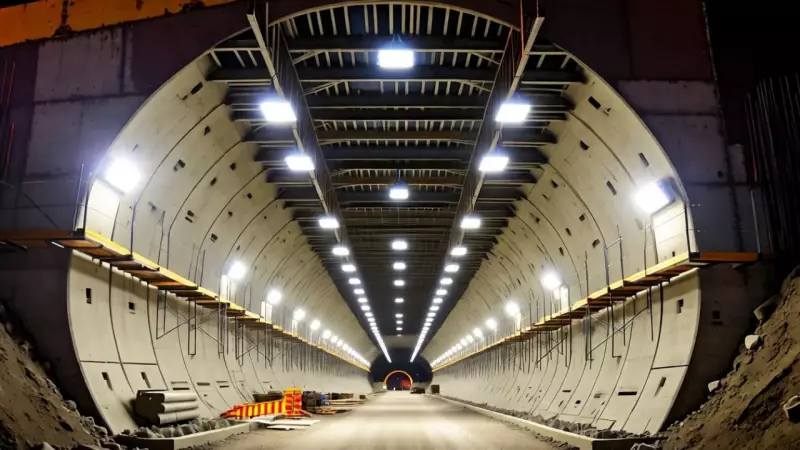
Bengaluru, India's technology capital, is betting big on an unprecedented infrastructure solution to tackle its notorious traffic congestion. The proposed ₹17,698 crore tunnel road project represents one of the most ambitious urban transport initiatives in the country's history.
The Scale of Ambition
This massive underground network aims to create seamless connectivity between key corridors, potentially reducing travel time from hours to minutes. The project envisions cutting through the city's heart, bypassing some of the most congested surface routes that currently plague Bengaluru's commuters.
Why Bengaluru Desperately Needs This
The city's growth story has become its biggest challenge. With vehicle population exploding and road infrastructure struggling to keep pace, Bengaluru residents lose countless productive hours stuck in traffic. The situation has reached a point where emergency solutions are no longer optional but essential for the city's survival as India's premier tech hub.
The Critical Questions
While the project promises relief, several concerns loom large:
- Financial viability: At nearly ₹18,000 crore, is this the most cost-effective solution?
- Environmental impact: How will extensive underground construction affect Bengaluru's delicate ecosystem?
- Implementation challenges: Can such a complex project be executed in a densely populated city?
- Long-term sustainability: Will this actually solve traffic problems or merely shift congestion points?
Expert Perspectives
Urban planners are divided on the approach. Some hail it as visionary thinking necessary for a city choking on its own success, while others argue for more distributed, sustainable solutions focusing on public transport enhancement.
The project represents a fundamental choice in how Indian cities address urban mobility challenges - whether to build massive infrastructure or rethink transportation patterns altogether.
What's at Stake for Bengaluru
Success could position Bengaluru as a model for other Indian cities grappling with similar issues. Failure, however, could mean sinking enormous resources into a white elephant while neglecting more immediate, smaller-scale solutions.
The coming months will be crucial as detailed project reports, environmental assessments, and public consultations shape the final outcome of this mega-gamble.





